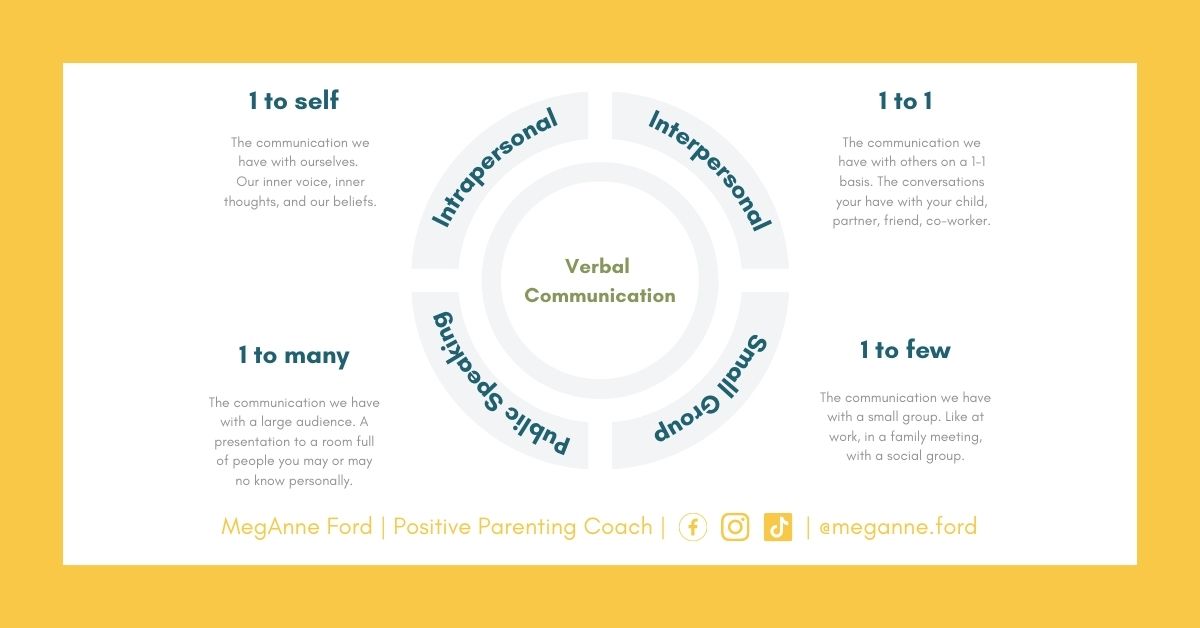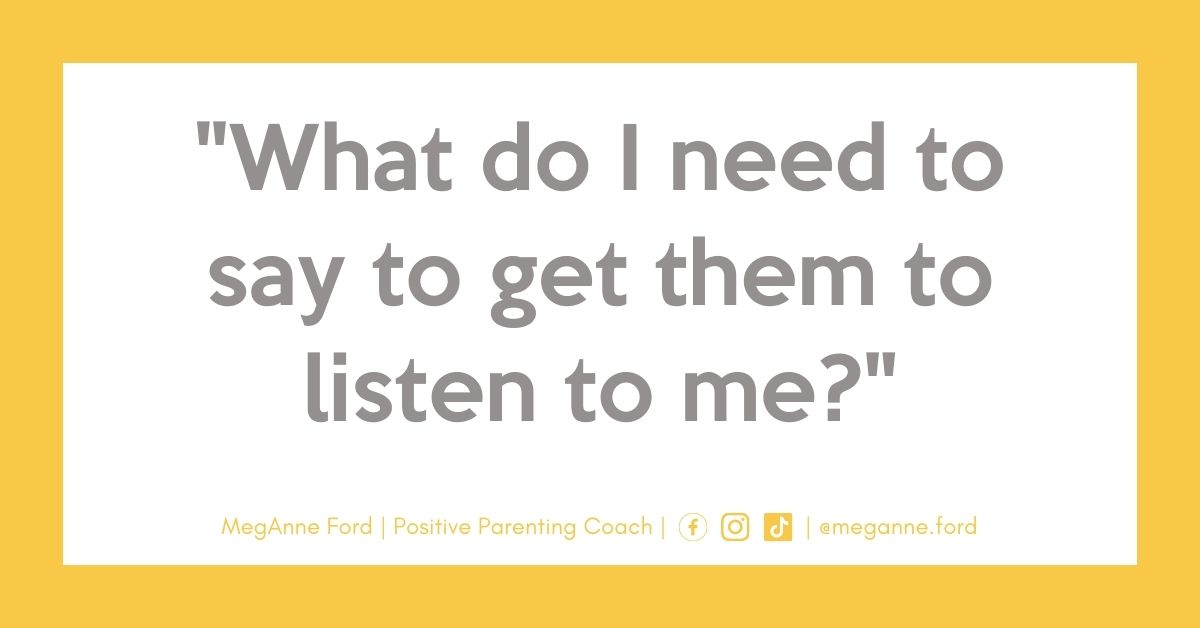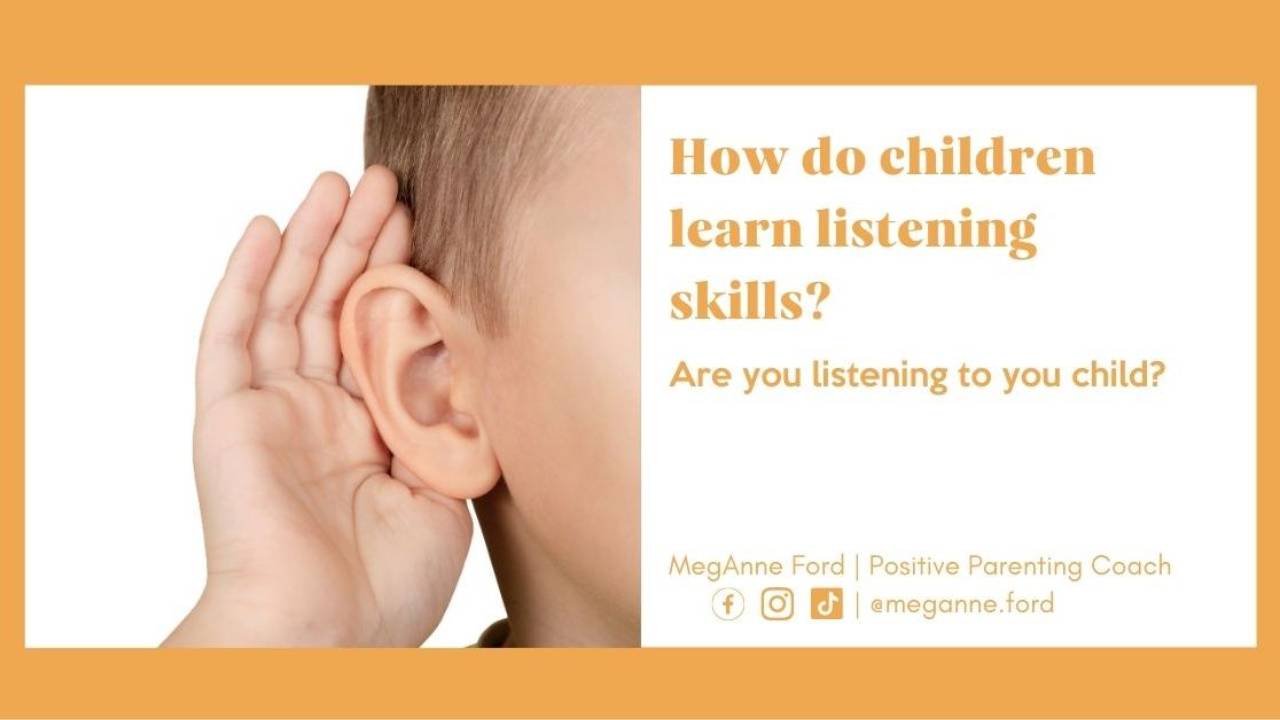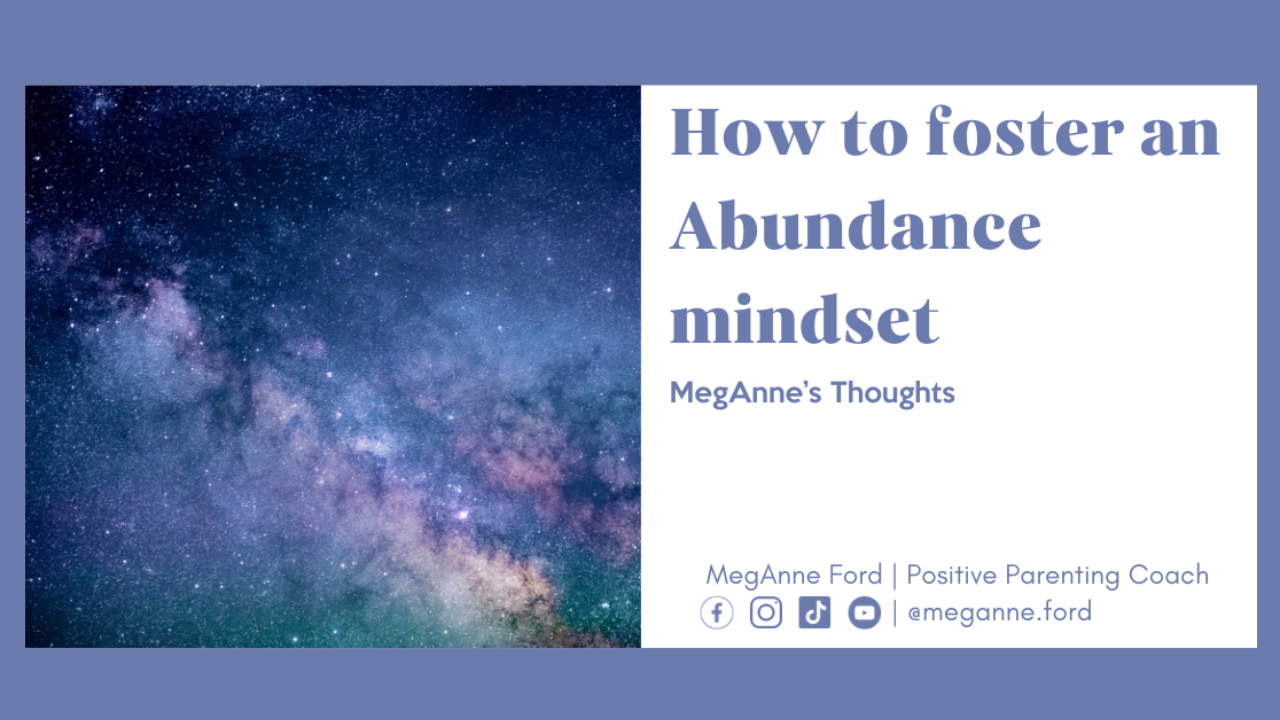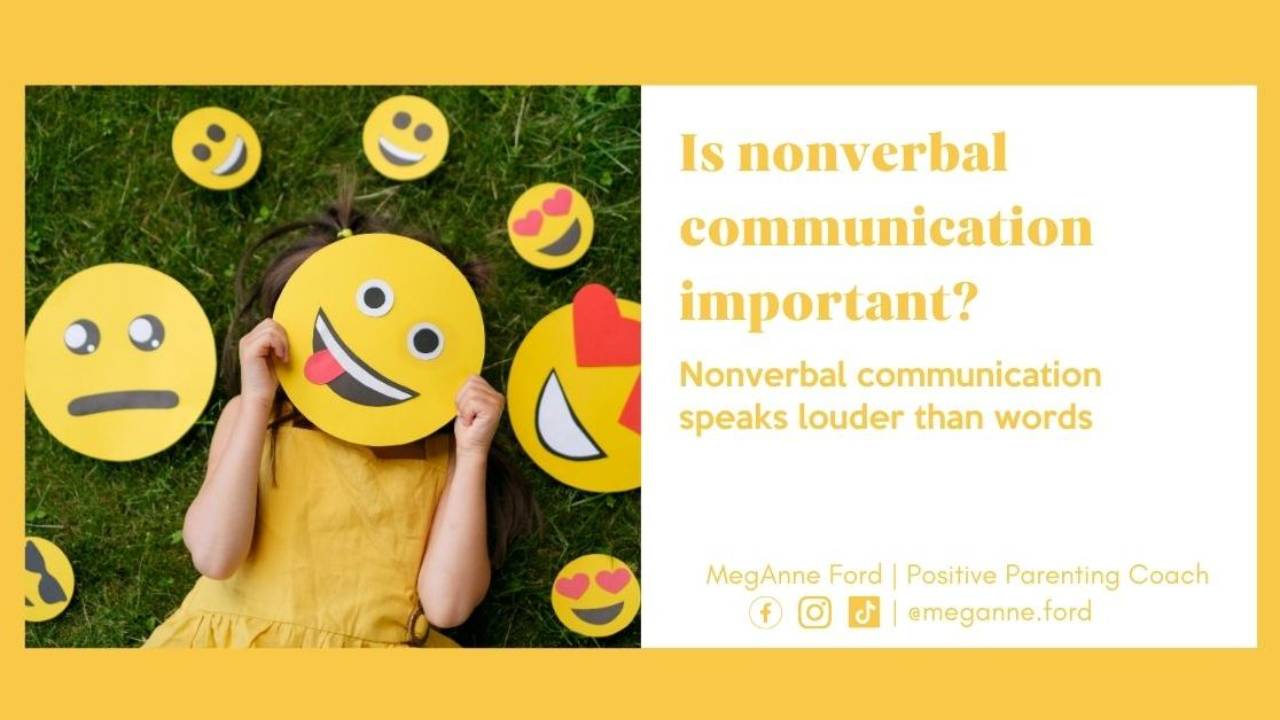
Nonverbal communication speaks louder than words
Jun 18, 2024
We forget that nonverbal communication speaks louder than words in a world where words often dominate our interactions. What are we really communicating with nonverbal cues?
Takeaways
- Nonverbal communication, which makes up a significant portion of our overall communication, plays a vital role in conveying emotions, attitudes, and thoughts.
- The alignment between verbal and nonverbal communication is crucial for effective and authentic connections
- Being mindful of our nonverbal cues, such as eye contact, facial expressions, gestures, posture, timing, and intensity, can enhance our communication and improve understanding.
- Practicing active listening and seeking to understand others can lead to stronger relationships and more effective communication in both personal and parenting contexts.
“How did you get them to do that?"
I had the privilege to work inside classrooms and homes before starting Be Kind Coaching, an online community that offers support with classes, group coaching, and community.
While I was in those environments implementing what is now known as the C.L.E.A.R. Method, the parents would witness their child do something that seemed out of character for the child and often wishes they would do it at home.
When I got the chance to share the successes and growth of a child with challenging behavior within the classroom with the parents, they would ask the question, “How did you get them to do that?”
What the parents were asking was, “What do I need to say to get them to listen to me? Just give me the words to say.”
I wish it were that easy, but every setting is just a little different. It sounds so good when you see the words someone is saying positively impacting the child, but when it comes time to use those same words with your child, it just doesn’t work. That leads us just to give up and say my child is different.
The reality is that those words worked at that time for that child and parent because the child and caregiver were on the same page. It requires the caregiver to take the time to get on the same page with the child. This requires us to slow down, which is much easier said than done.
If you are also looking for the “RIGHT” thing to say, wanting someone to tell you the words, you are not alone.
That is where the practice comes in.
In “How to interpret your child's behavior,” we discussed that a person’s behavior is giving you information, now we can explore how we communicate.
Communication can not be faked
Connected communication between two people cannot be faked, you cannot outsource the work of connecting to someone. The blog “Are you listening to your child?” explores what it takes to slow down and listen to each other.
Sometimes it catches us off guard that we have to slow down and listen to children. This is not surprising since that is how we were disciplined growing up.
Our goal in communication is to think of it as a tennis practice where the ball is given and received, back and forth, a sense of win-win.
What is verbal communication?
Verbal communication, by definition, is the use of words to share a message with people, which can be written or spoken.
Verbal communication engages our left brain mode, and it's the logical center. It's a linear sequence of information, it can be very black or white. There is the potential for blind spots in verbal communication.
Are the words we use conveying our intention and meaning?
I often look up words when discussing subjects on LIVEs because it is important to check that my words convey what I mean.
A good starting point in communication is a mutual understanding of the words we are using.
Four Verbal Relationships
Intrapersonal: The talking to yourself. What words do you say to yourself? When you achieve an accomplishment? When you do something hard, What are your words to yourself?
I say things like, “Yes, I did it!”
What words do you say when you make a mistake?
I can quickly go negative and say things like, “What's wrong with you? Why did you do that? Ugh!”
Self-compassion becomes a part of our practice. Giving ourselves space to meet ourselves where we are and soothe ourselves.
Our inner voice, thoughts, beliefs, and how we talk to ourselves is a great way to begin to notice the words we use daily.
Interpersonal: One to one Communication between two people. Think about the words you use when your child achieves an accomplishment or when they make a mistake.
Are the words different from when you speak with a friend, spouse, or co-worker?
Small Group: One person to a few. This communication style reminds me of small group projects in school where undoubtedly, one person gets stuck doing the work.
Sometimes I would be the leader, and sometimes I would hold back; interestingly enough, I became the leader when I cared about the subject. My behavior was communicating how I felt about the assignment or topic.
A family meeting is another great example of a small group, the purpose of a small group family meeting is to get everyone on the same page.
Other examples of small groups are a neighborhood or a social group, like a book club or birthday party.
Public Speaking: One person talking to many people.
An example that combines all of the communications together is podcast recordings. When I record a podcast, I focus on my intra-personal communication, how I talk to myself about feelings that come up, or my assessment of how I am doing. It is also interpersonal because I want the listener to feel like they are just in a room with me talking about the topic. I often record a podcast in a ZOOM room with a small group, and at the same time, I hope that the podcast makes it to many ears.
So as you can see, communication is very dynamic. We can start to see that scripts will never work. What you say at one time to a child will not work the next time since maybe your or your child's intrapersonal communication is different.
Non-Verbal Communication Speaks Louder
Non-verbal communication is how we convey information about our emotions, attitudes, and thoughts without the use of verbal methods, without written or spoken words. Most experts agree that 70 - 93% of all communication is nonverbal.
Nonverbal communication lives in our right brain mode. It's a more creative process. Nonverbal communication is the immersion and expression of our inner world. It's not just the words we are using. It's how we're using them.
We must be mindful that the words we're using and our expression of those words are aligned. Non-Verbal communication is colorful, it's a spectrum, it's open to interpretation, it's full of varying values and meaning, it's very dynamic it requires being present in the moment.
An example that I think we have all experience is when you ask someone, “How are you doing?” They say, “Yeah, I am great, I’m fine,” but their tone and body language is not aligning with what they are saying. You start to question their verbal communication.
Children are excellent detectives at picking up on misalignments and holding you accountable for getting into alignment.
We can think about verbal communication as the words on the screen and nonverbal communication as the font we use. Depending on the typeface, font, color, and boldness convey different moods and meanings.
Qualities of non-verbal communication
Eye contact- Is there visual attention? Where is the focus of the visual attention? Is there avoidance?
This might sound weird, but one of my biggest pet peeves in the classroom was when children are forced to look at the teacher. An example of this was a child in class one day listening to the teacher but could not keep eye contact. I intervened and brought him to the back of the class, provided a piece of paper and a pencil, and said, “Draw what you hear,” you could tell that he was processing what the teacher was talking about because of the pictures he drew. He was using his visual attention in a way that helped him focus and hone in so that he could pay attention.
Facial Expression- All facial movements of our mouth, nose, eyes, and eyebrows. What does our face convey? Frowns, furrowed brows, pinched nose, smiles.
Tone of Voice- How you emphasize the words.
I remember the days when I would say to my parents, “FINE, I’ll do IT,” and I would hear back, “Don’t you take that tone with me.” Since I was a mirror to my parents, I would pipe back, “YOU, don’t take THAT tone with ME.”
Gestures: What you do with your body. Are your gestures big and exaggerated or small? Do you talk with your hands? Do you use expressions or non-expressive?
Posture: How do you hold your body, are you hunched over, sitting up straight, or leaning over?
Timing: What is the pace of your talking, are you slow and thoughtful or sped up and rushed?
Intensity: This is the vividness of speaking. What are the words we're using? Am I saying I'm mad and angry, or am I saying I'm infuriated and hostile? What is the vividness of what's being communicated am I saying that I'm happy and I enjoy it, or am I saying I'm enthralled and love it so much?
We can say the same thing with different Qualities of non-verbal communication; the listener will hear it differently.
I experience this with my clients, a client will listen to a method during a lesson, then I will explain the same method on LIVE, and they will tell me they understand it differently because of how I delivered the method.
So, what do you need to say to get them to listen to you?
We can become aware of aligning with what we communicate verbally and non-verbally.
We seek to validate the child and speak to support the child so that the child feels supported. We are speaking to understand so that the child is understood.
We are striving to have effective communication. During those moments of misalignment, when things are stressful, that behavior communication signals that something is out of alignment, and then we have the tools to reconnect.
Going further
Consider what it feels like to be in alignment. What does it feel like in your body when you know what you are giving is what you are receiving is on the same track?
I can imagine that it feels the opposite of when the stress comes in when there is a misalignment between verbal and non-verbal communication. That might feel like a brick wall or a sense that we are trapped and complaining.
Where are we complaining?
Where do we feel like things need to change?
What needs to happen to support you to become more in alignment?

